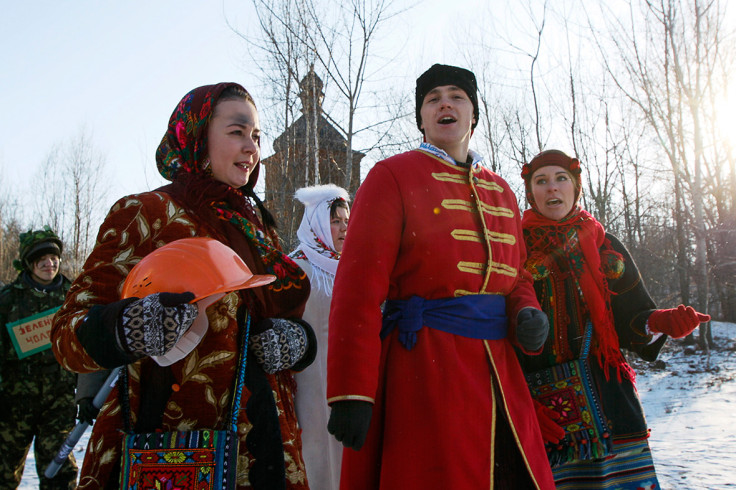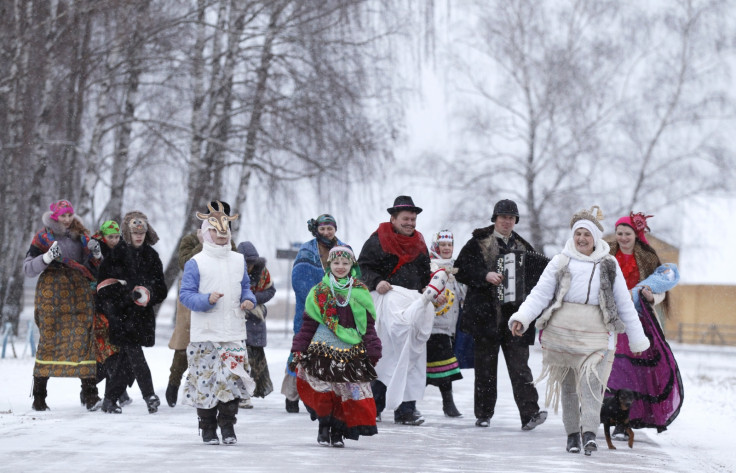Orthodox Christmas and New Year: How Christian communities celebrate the festive season

As Britain suffers with January blues, Orthodox Christians in Russia, Greece, Ethiopia and other countries around the world are celebrating Christmas Day On Thursday 7 January. The date is taken from the old Julian calendar, which was introduced by Julius Caesar in 46 BC as a reform of the Roman calendar. It was replaced by the Gregorian calendar in the majority of Western Europe, which was originally proposed by Pope Gregory in 1582.
Russia is home to 39% of the world's Orthodox Christians and the majority of Russians will celebrate Orthodox Christmas Day on 7 January, with a small minority celebrating on 25 December.
Many Orthodox Christians attend special liturgies on Christmas Eve or Christmas Day, at midnight or during Christmas morning. The rest of the day may be celebrated with communal meals featuring delicacies from that particular country, or lavish parties.

New Year traditions
Orthodox communities in Belarus, Serbia, Macedonia, Switzerland and other countries celebrate Old New Year on 14 January – with some traditions beginning in the evening of 13 January.
On New Year's Eve, on 13 January, Macedonians gather outside their houses to start a bonfire, drink and eat and sing traditional music. St Vasilij's Day is celebrated during the day and has been marked for more than 14 centuries, particularly in the small town of Vevcani, situated at the south-western range at the foot of the Jablanica mountain range.
In Serbia, fireworks are set off from the Church Cathedral of Saint Sava and clubs, cafes and hotels host events with both modern and traditional celebrations. Some Serbians continue traditions such as the badnjak – an oak log or branch brought into the house and placed on the fire on Christmas Eve.
The "Kalyady Tsars" – or Christmas Tsars – is a festive event celebrated in the village of Semezhevo in the Minsk region of Belarus, where men dress up and perform a drama and carry out a procession. The tradition dates back to the 18<sup>th century, when the tsar's military units were stationed near the village.
© Copyright IBTimes 2025. All rights reserved.





















